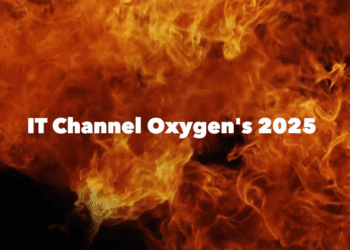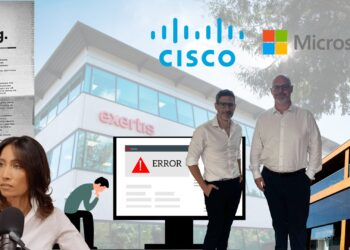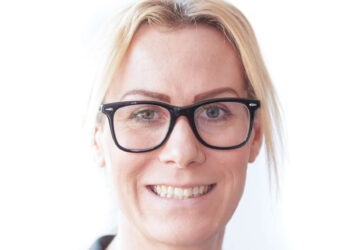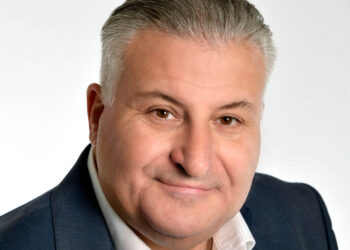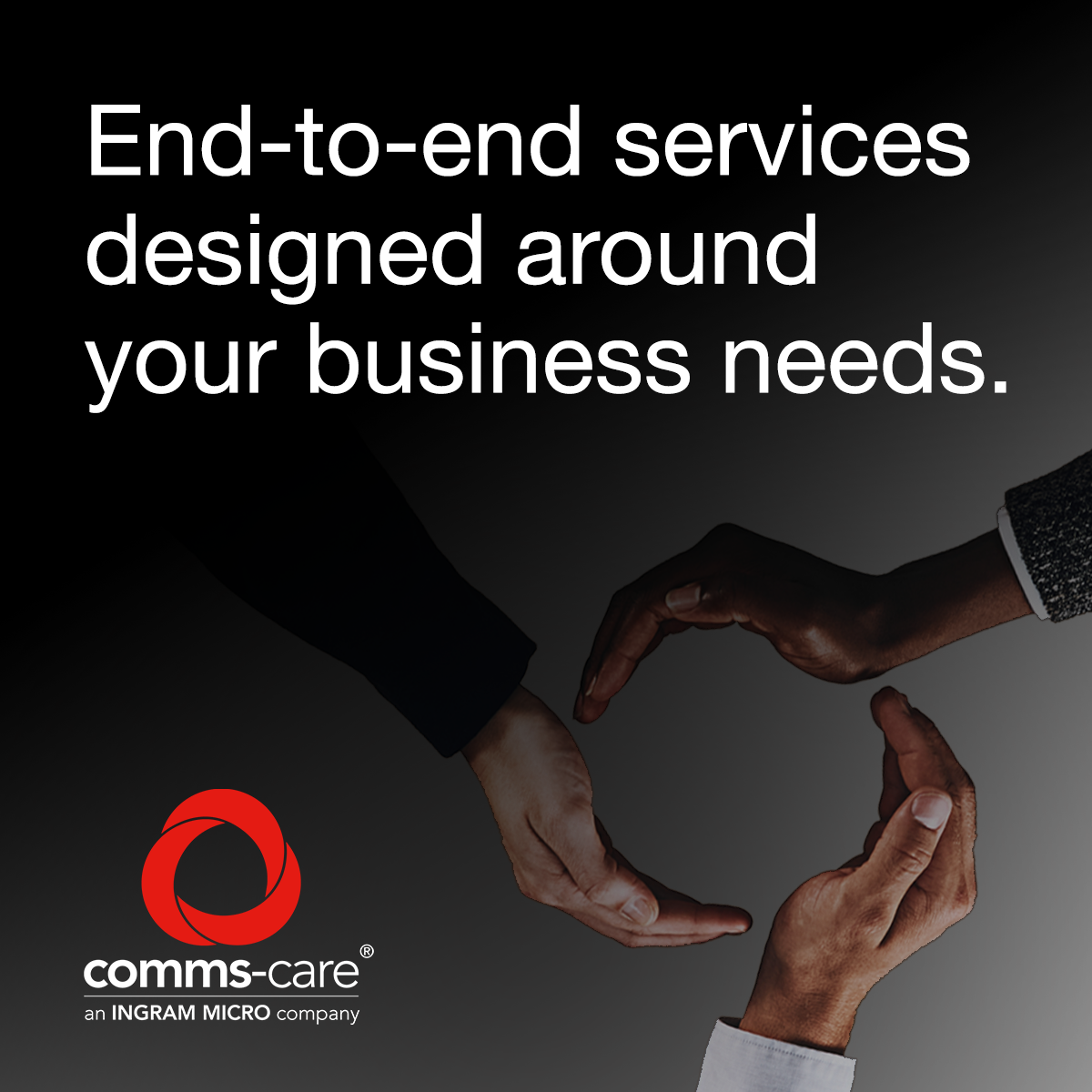“We’re finalising the last 2% of our managed install base”

Tom Stephens, CEO, Techary
With the end-of-support date now just 49 days away, how concerned are you about the number of customers, and UK organisations more generally, who are still on Windows 10?
The picture varies depending on the type of customer. Within our MSP business, small and midmarket firms have largely planned their refreshes well in advance – working with us to ensure they’re compliant ahead of time. We’re now finalising the last 2% of our managed install base, which puts us in a very strong position.
By contrast, in the VAR space the challenges are more pronounced. Organisations with complex environments or legacy applications are often reliant on software vendors to deliver compatibility updates – sometimes late, or not at all. In some cases, we have seen migrating mission-critical or custom applications take over 14 months, which means clients that started late are struggling to meet the deadline. This is particularly relevant in sectors like healthcare and the wider public sector, where vendor lock-in and reliance on legacy systems make transitions much harder.
Windows 11, the rise of AI PCs, and the ageing PC install base are said to have created a “perfect storm” for PC refresh in 2025. To what extent has this boosted your PC sales this year, and, looking at your client base, how far through that PC refresh are we?
This definitely has helped the PC sales through the year. The topics, especially Windows 11 more than AI, in this year, have enabled us to have conversations with customers that mean our PC sales are about 20% up from where we expected, even accounting our general growth rate. We think there is still room for the “storm” to continue, as the focus shifts from the Windows 11 deadline to more the AI use case adoption.
What percentage of your customers would you estimate have fully transitioned, or are in the process of transitioning, to Windows 11?
Within our MSP customer base, we’ve already transitioned around 98% of users to Windows 11. Across our wider customer community – including VAR clients – we estimate roughly 85% are now on the journey: around half are fully transitioned, with another 35% mid-process. We have worked hard over the last 18 months to plan migrations early and minimise the “rush” with MSP clients, and that’s a benefit they now see.
What’s your advice to organisations who are struggling to move off Windows 10 due to legacy applications or hardware incompatibilities etc?
The key is to start now- delaying further only increases risk. Migrating from Windows 10, particularly with legacy applications or hardware dependencies, can take over a year. In many cases, these projects lead to wider IT improvements, such as replacing outdated systems or upgrading integrated hardware. By starting today, clients can manage the transition in a controlled way rather than being forced into rushed, reactive decisions later.
Is it fair to say the demand for AI PCs has been slower than expected?
There was certainly a lot of hype around AI PCs in 2024, and demand has been a little slower to materialise than many expected. That said, the requirement to deliver AI capability at the client device level is still very real. What we’re seeing is that many firms are waiting for clearer business use cases, and for software to catch up and fully leverage on-device AI acceleration. Right now, it feels like the demand of the GPU need in every client device is limited to certain use-cases (like financial firms for modelling) vs being a broad requirement for every user. As refresh cycles accelerate in 2025, particularly driven by the Windows 11 adoption, we expect AI PCs to move from early curiosity into mainstream demand.
See next page for more channel partner leader views…



